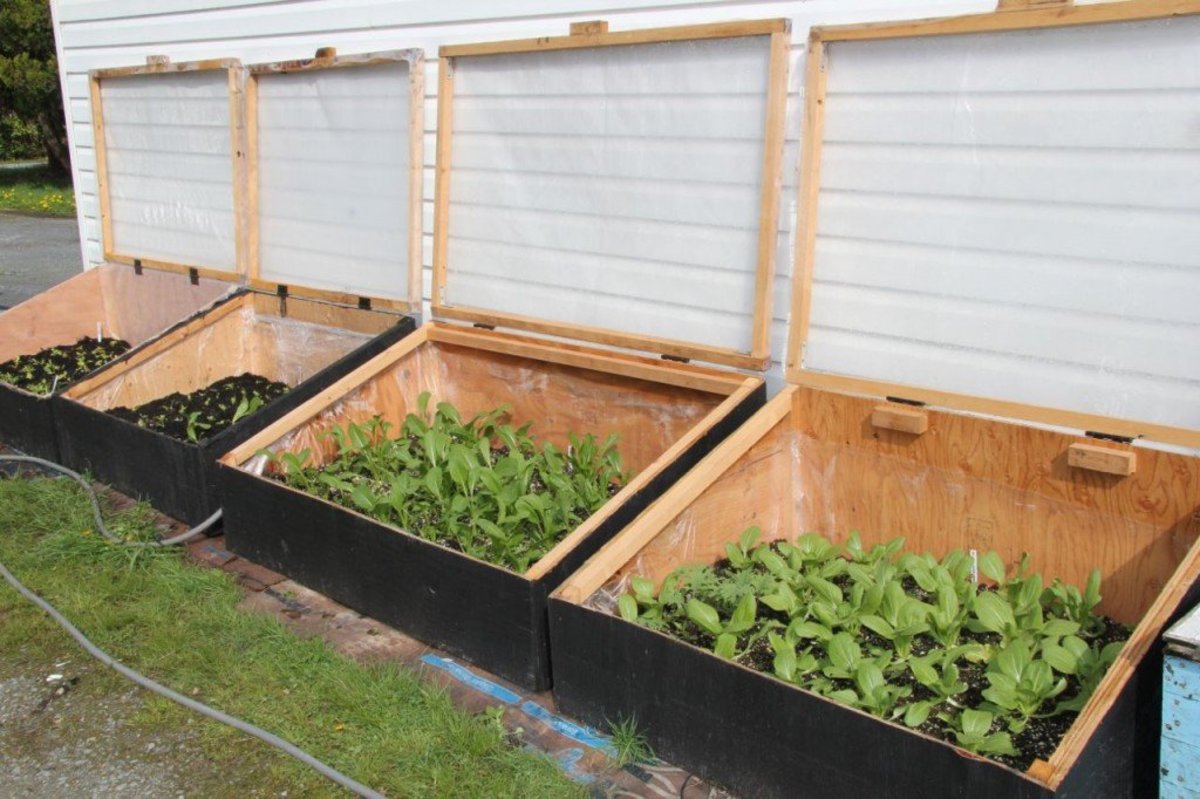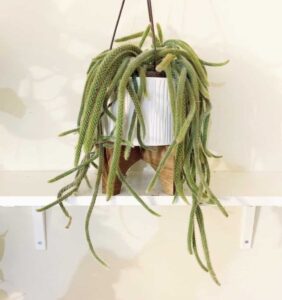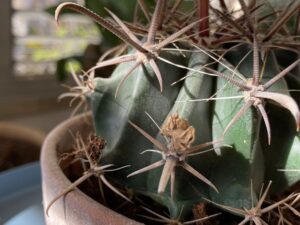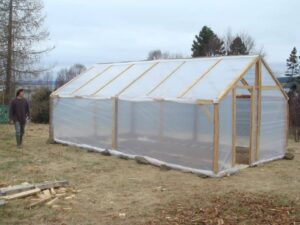The cold frame garden box stands as an emblem of ingenuity in the world of horticulture, particularly for those passionate about cultivating cacti in regions that experience cooler climates. As the challenges of temperature fluctuations and seasonal change loom over gardeners, the cold frame emerges as a practical solution. This structure serves as a miniature greenhouse, skillfully manipulating environmental conditions to create a sanctuary for resilient cactus species. Understanding how to use cold frames effectively can bridge the gap between a gardener’s ambitions and the realities of climate constraints.
Before delving into the specifics of nurturing cacti with this innovative gardening tool, it is essential to recognize the innate allure of cacti themselves. These succulent marvels have evolved over centuries to withstand harsh desert climates, captivating enthusiasts not solely for their aesthetic appeal but also for their remarkable adaptations. The fascination extends beyond mere beauty; it touches on themes of resilience and survival, principles that resonate deeply in various aspects of life.
Cold frames tantalize our promise to extend the growing season, offering an opportunity to nurture cacti when external conditions may be less than favorable. By mimicking the necessary warmth, light, and humidity conditions of a cactus’s native environment, the cold frame cultivator can explore the complexities and rewards of caring for these remarkable plants.
Understanding the Cold Frame: Structure and Function
A cold frame typically comprises a simple structure, featuring a transparent lid and a solid base. Ideally constructed from materials like wood or recycled plastic, the frame harnesses sunlight during the day while maintaining warmth, creating an ideal microclimate for growth. The lid, often made of glass or polycarbonate, can be propped open to facilitate air circulation during warmer periods, thereby preventing excessive heat buildup.
For cacti, which thrive in arid conditions, the cold frame can serve dual purposes. First, it protects the plants from the potential perils of frost and harsh winds. Second, it allows for effective control over moisture levels, which is crucial since many cacti varieties are particularly susceptible to rot when overwatered. This controlled environment fosters optimal growth conditions, encouraging sturdier, healthier plants.
Selecting the Right Cacti for Your Cold Frame
Not all cactus species are equally amenable to colder climates, making informed selection paramount. Certain varieties exhibit greater tolerance to lower temperatures, such as the Echinocereus or Opuntia species. Echinocereus, commonly known as hedgehog cacti, are noted for their adaptability and can endure temperatures as low as 10°F when established. Opuntia, or prickly pear, features several types that thrive in varying climate conditions and are recognized for their vibrant flowers and edible pads.
Equally important is the consideration of the specific requirements of each cactus type regarding light exposure, watering schedules, and soil composition. The cold frame should cater to the unique specifications of your chosen cacti, allowing each plant to unveil its natural charm while thriving in your care. A diverse collection of cacti can be a riveting visual spectacle, heightening the overall enjoyment of maintaining a cold frame garden box.
Establishing and Maintaining Optimal Conditions
Creating an ideal environment for growing cacti within a cold frame requires attentiveness to several factors. Temperature is paramount; most cacti prefer environments that range from 70°F during the day to cool nights no lower than 50°F. Utilizing a thermometer within the cold frame can help monitor these fluctuations. During particularly cold nights, additional measures such as heat mats or even Thermal mass elements like bricks or stones, which retain warmth, can be introduced to augment heat retention.
Similarly, light is vital. Position your cold frame where it can capture maximum sunlight—south-facing locations often yield the best results. Regularly check for any signs of sunburn on the plants; if leaf discoloration occurs, strategically prop the lid to diffuse harsh rays during peak sunlight hours.
Water management becomes a pivotal factor. Cacti need to be watered judiciously. A good rule of thumb is to allow the soil to dry out completely between waterings. In the cold frame, excess humidity can result in rot, so tracking moisture levels with a soil moisture meter can be incredibly advantageous. Additionally, ensure that the soil composition consists of well-draining materials such as a cactus mix, supplemented with perlite or sand for increased aeration.
Seasons and Transitions: Preparing for Changes
As seasons transition, so should your approach to caring for your cacti within the cold frame. In late summer to early autumn, many cacti initiate a natural dormancy phase, requiring less water and minimal disturbance. Marking this period can save your cacti from stress, allowing them to conserve energy for regrowth once spring returns. Conversely, as winter approaches, ensuring that the cold frame remains airtight and protected from the elements will safeguard your cacti against any potential winter chill.
In conclusion, the cold frame garden box is not merely a shelter; it embodies a gardener’s aspirations of cultivating cacti amidst the challenges posed by cooler climates. These structures enable the nurturing of species that otherwise falter in less favorable conditions, all while inviting deeper appreciation for the resilience and splendor of cacti. Indeed, the art of utilizing a cold frame speaks to a broader narrative—one of adaptation, growth, and an unwavering passion for the presentation of nature’s wonders, even in the face of seasonal adversity.




Leave a Comment